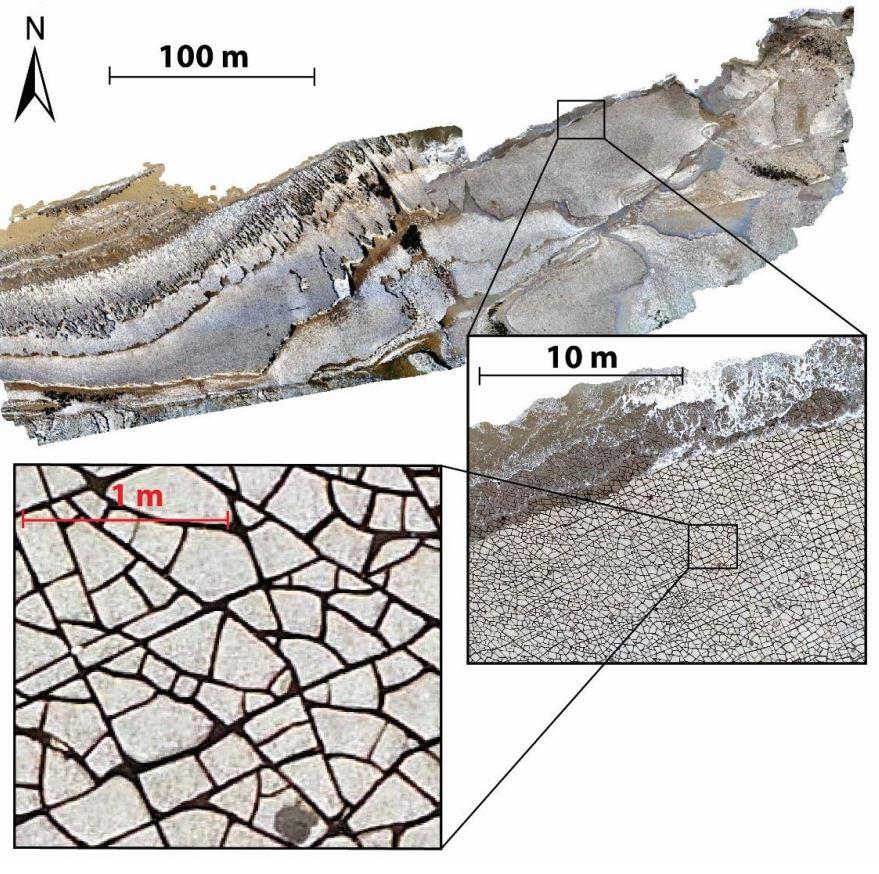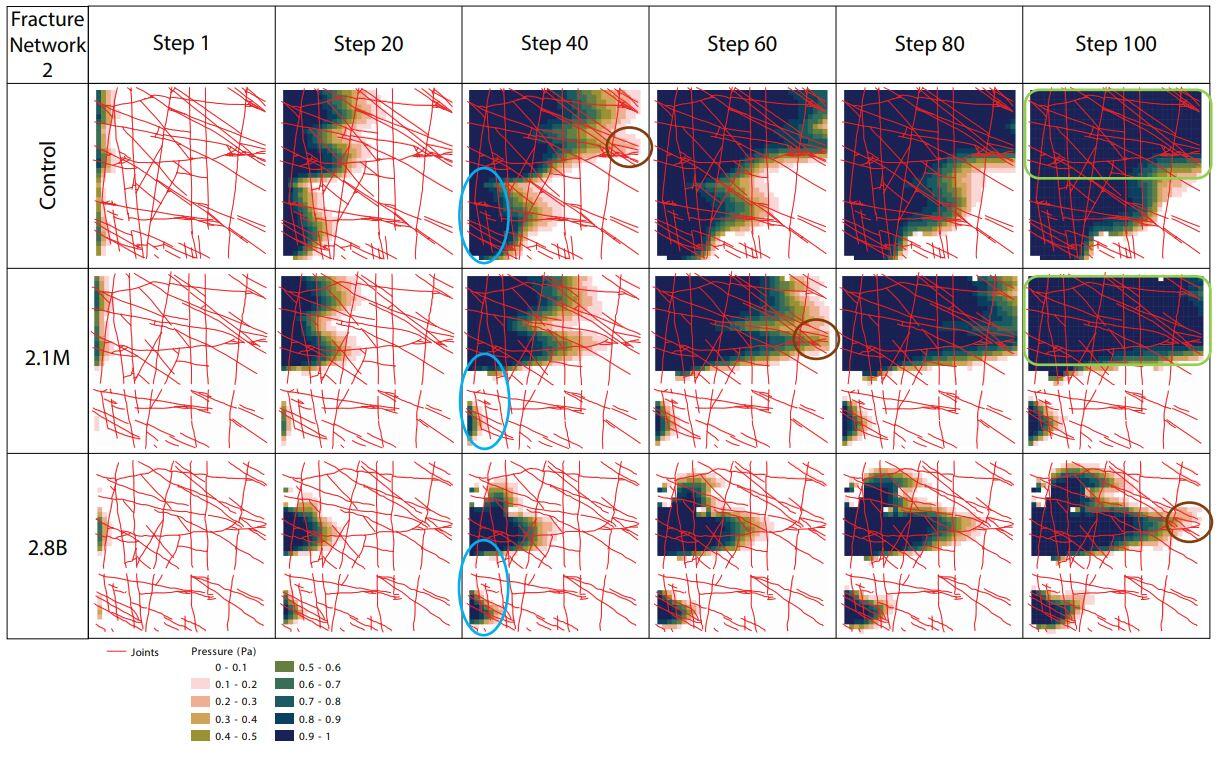Impact of a topologically inconsistent fracture network digization in fluid flow
Hovedinnhold
Project description
Fractures are sub-planar discontinuities where a rock has broken in response to geological processes (e.g. tectonic stresses, cooling) and represent important conduits for fluid flow. Thus they are important for understanding sub-surface flow properties when evaluating geo-resources (e.g. water, hydrocarbons, geothermal) and geological storage sites (e.g. waste management, CO2 sequestration). However, fractures rarely occur in isolation instead developing as spatially heterogeneous networks of numerous fractures with a range of orientations, lengths, sizes (e.g. aperture) and types (e.g. faults, veins, joints), therefore the ability to characterize and analyse fracture networks is an essential skillset in structural geology and engineering geology.
In recent years, the increasing application of state-of-the-art spatial data acquisition (e.g. LiDAR, drone imagery) and automated fracture network digitization (e.g. skeletonization, machine learning/AI) techniques to geological outcrops has led to extensively imaged and digitized fracture networks. However, current automated digitization techniques do not consider the arrangement or topology of fractures that are known to significantly alter fluid flow dynamics. The aim of this project is to assess the importance of topological processing in automated digitization of fracture networks and the impact of a topologically inconsistent fracture network dataset in fluid flow analysis. The results of the work will have a broad reaching impact within industry and academia who are interested in quantiative extraction of geometrical and topological data from fracture networks to improve fluid flow modelling.
To accomplish this goal, the work will harness the NetworkGT plugin designed for the automated digitization, geometrical, topological and fluid flow analysis of 2D fracture networks (Nyberg et al., 2018). We will compared an extensive set of previously manually interpreted datasets available within the research group (e.g., Wyller, 2019; Gjesteland, 2020, Kverme, 2021) to compare and improve existing automated fracture network digitzation techniques.
Nyberg et al., (2018) - https://github.com/BjornNyberg/NetworkGT/wiki
Wyller (2019) - https://bora.uib.no/bora-xmlui/handle/1956/20414
Gjesteland (2020) - https://bora.uib.no/bora-xmlui/handle/1956/22863
Kverme (2021) - https://bora.uib.no/bora-xmlui/handle/11250/2759634
Proposed course plan during the master's degree (60 ECTS):
The course plan will be discussed with the prospective student however it is strongly recommended to have a field-based focus including:
GEOV352 / Field Course in Reservoir Geology – 5 ECTS
GEOV362 / Integrated tectonics and sedimentology field course - 5 ECTS
GEOV251 / Advanced Structural Geology – 10 ECTS
Field- lab- and analysis
The work will mainly be computer based building on an extensive set of datasets/knowledge within the research group (e.g., Wyller, 2019; Gjesteland, 2020, Kverme, 2021). Collection of new drone data, digitization and analysis in the surronding Bergen region is a possibility if desired.

